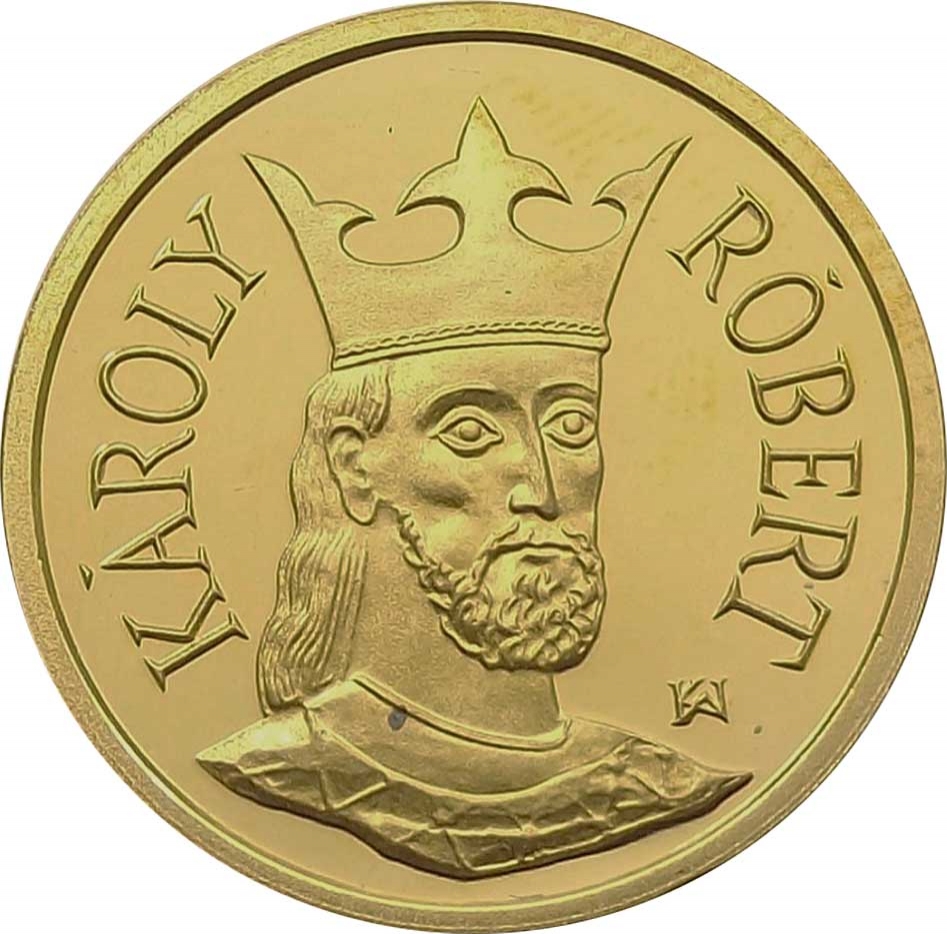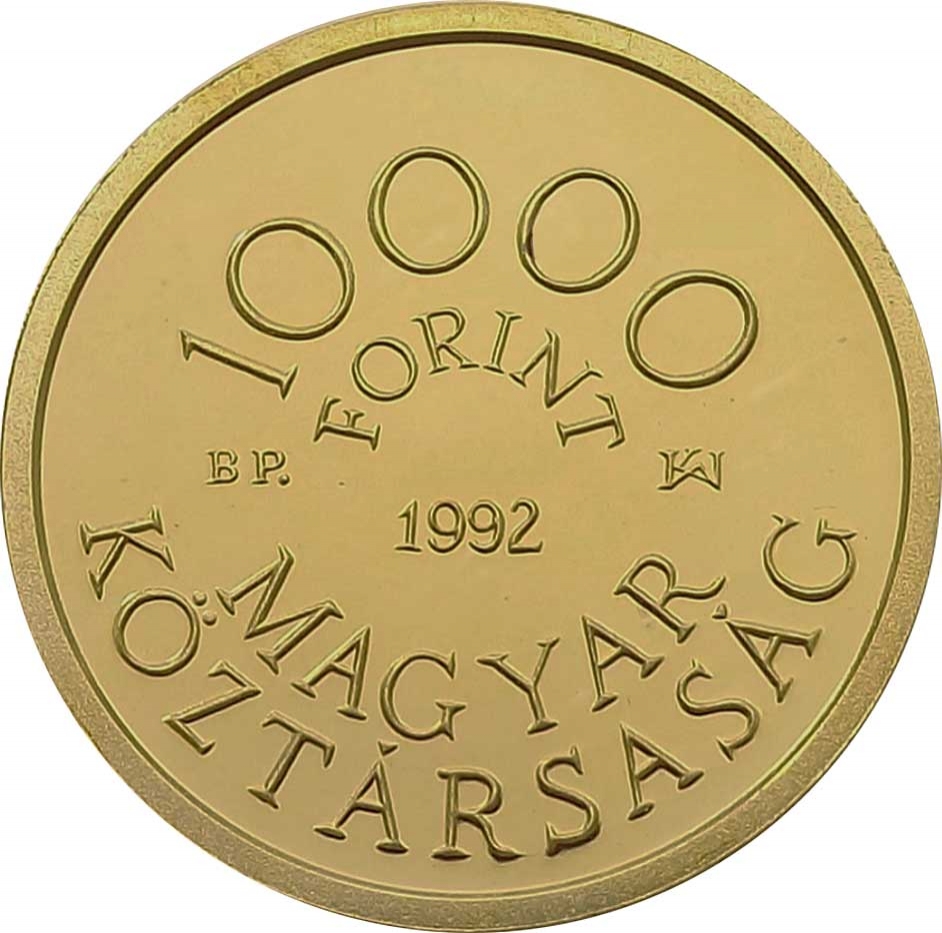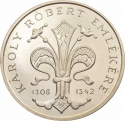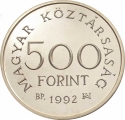You are about to finish your registration. Please check your mailbox (including spam folder). There should be a letter with a confirmation link. Check setting to make sure that your e-mail address is correct.
Send letter againDescription
Charles I, also known as Charles Robert (1288–1342), was King of Hungary and Croatia from 1308 until his death. A member of the Capetian House of Anjou, he was the son of Charles Martel and the grandson of Mary of Hungary, who had originally claimed the Hungarian throne. Charles first arrived in Hungary in 1300, but his early reign faced challenges from rival claimants and local oligarchs. After being crowned with the Holy Crown in 1310, Charles consolidated his power through military victories, including the decisive Battle of Rozgony in 1312, and by neutralizing influential nobles.
Charles reformed the kingdom’s administration by introducing "office fiefs" to ensure the loyalty of his officials and established the Order of Saint George. He promoted economic growth through gold mining, making Hungary a leading gold producer, and initiated commercial and diplomatic efforts, notably the Visegrád Congress of 1335. Despite facing setbacks such as the Battle of Posada and the persistence of Croatian autonomy, Charles’s reign laid the groundwork for Hungary’s later achievements under his successor, Louis the Great.
Engraver: András Kiss Nagy
Obverse

|
Depicts the crowned bust of Charles I Robert based on the image from the Székesfehérvár Cathedral, surrounded by his name above, the engraver's initials (KNA) on the bottom right. KÁROLY RÓBERT |
|---|---|
Reverse

|
Depicts the denomination, dividing the mintmark (BP) and the engraver's initials (KNA), the issue year in the center, and the country name below (Hungarian Republic). 10000 |
| Edge |



